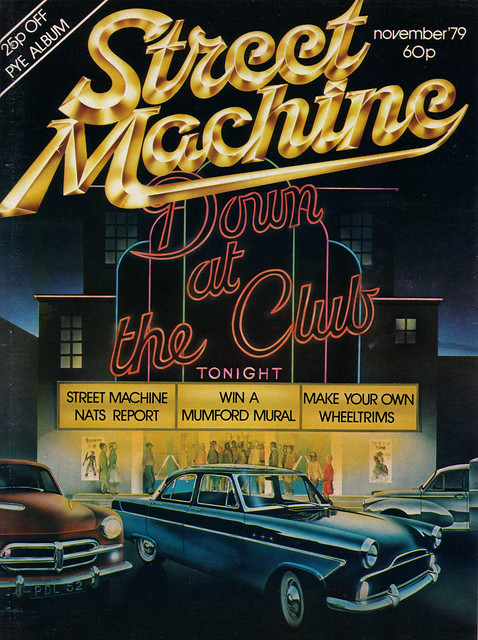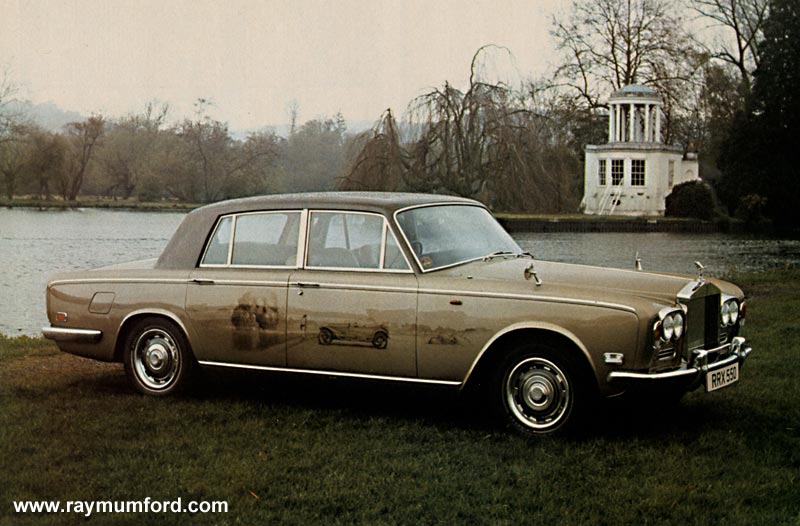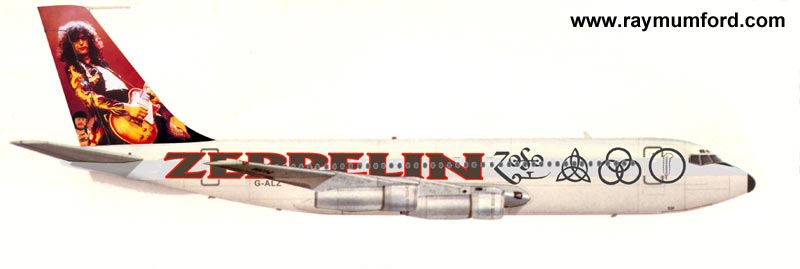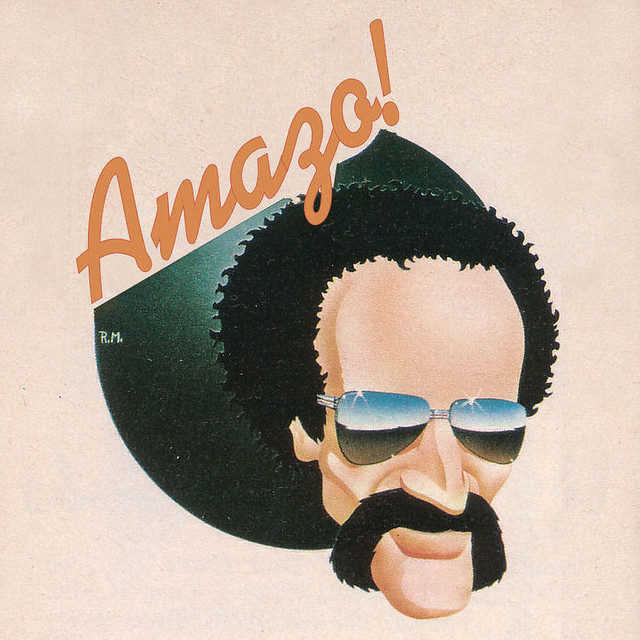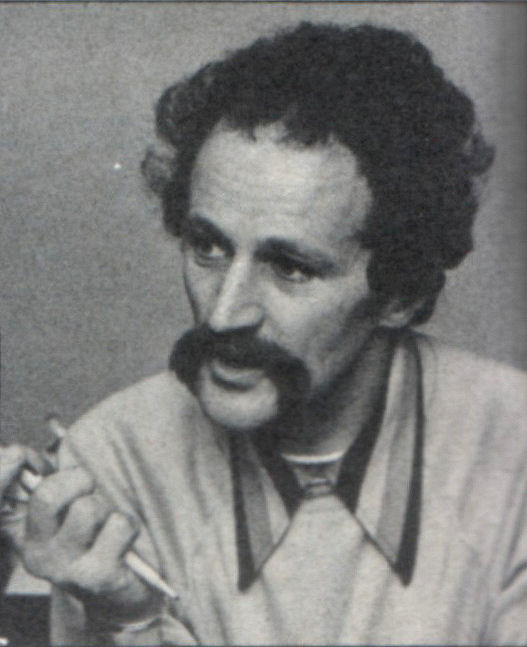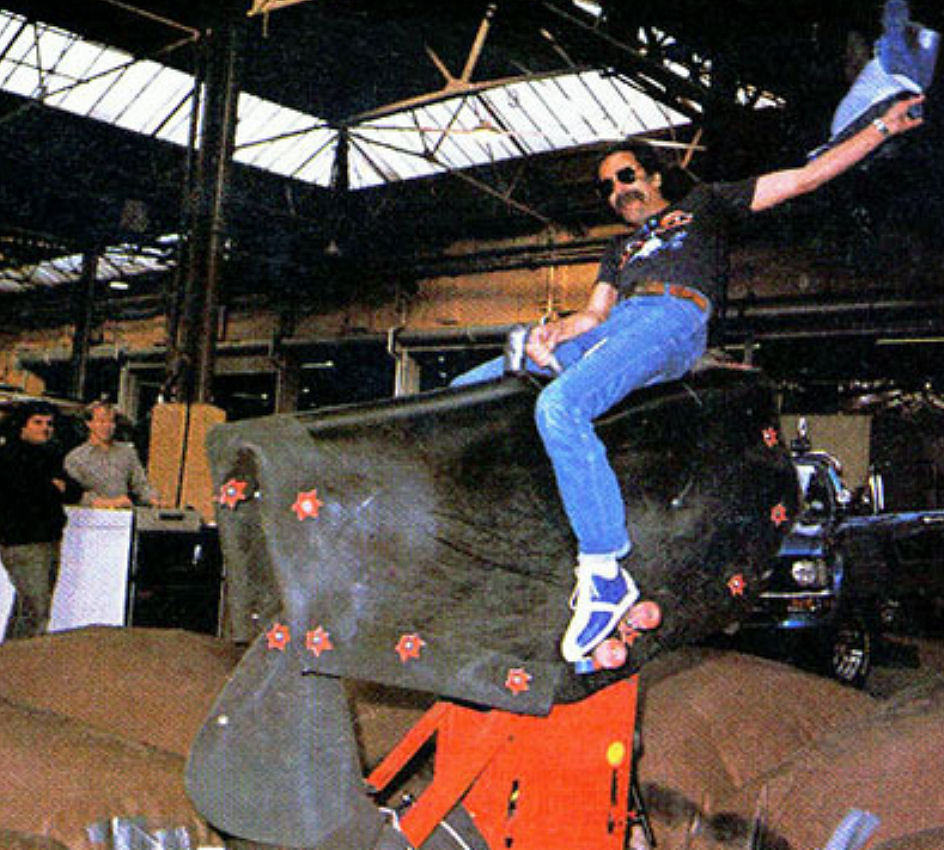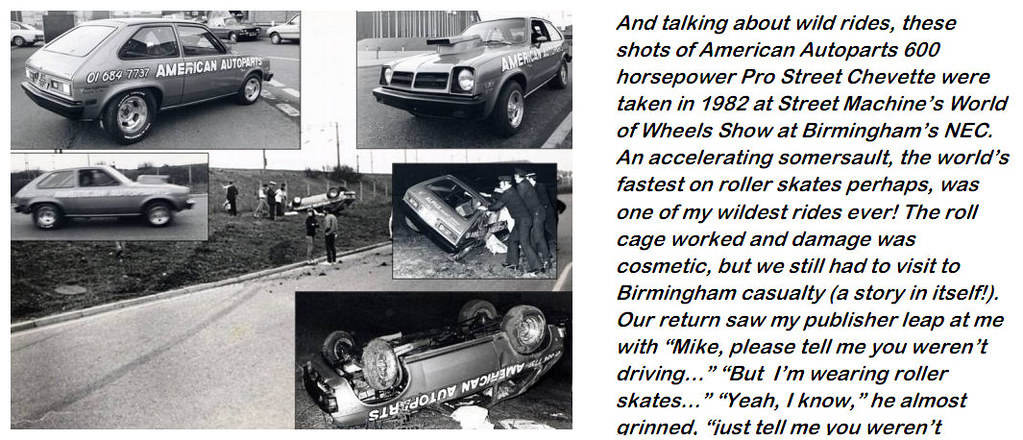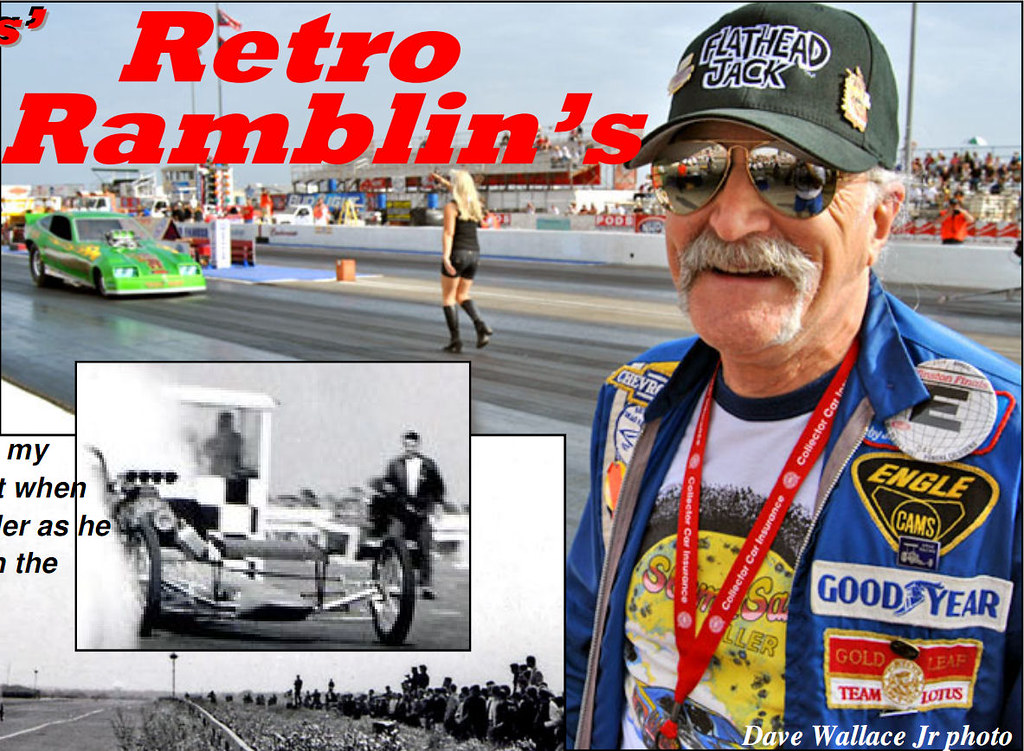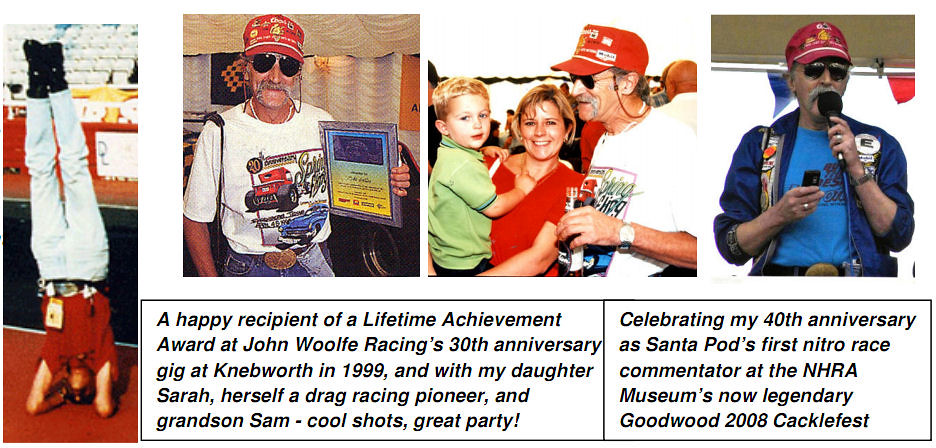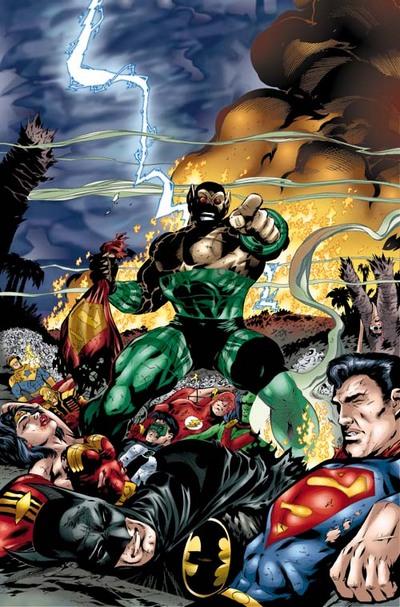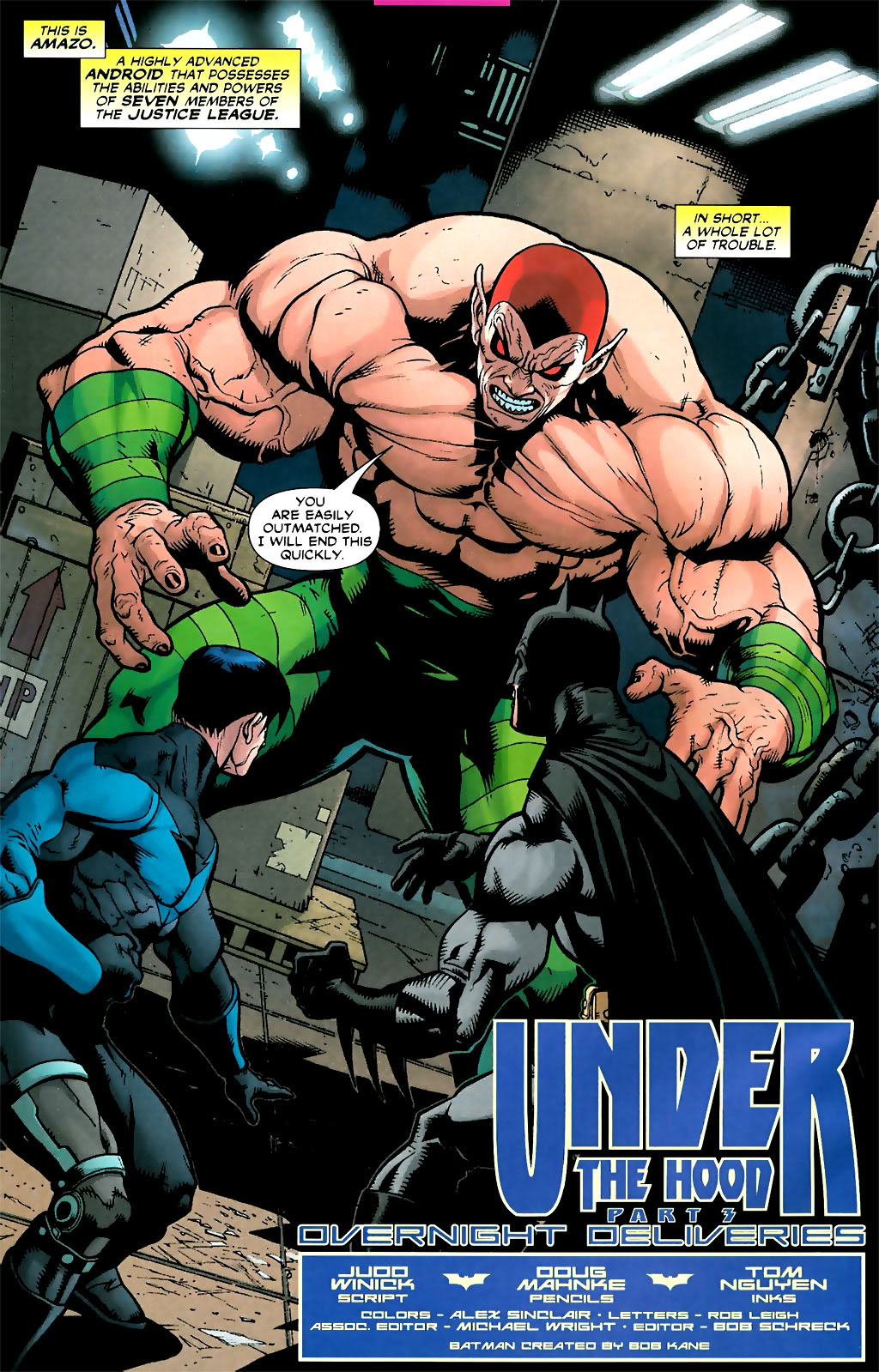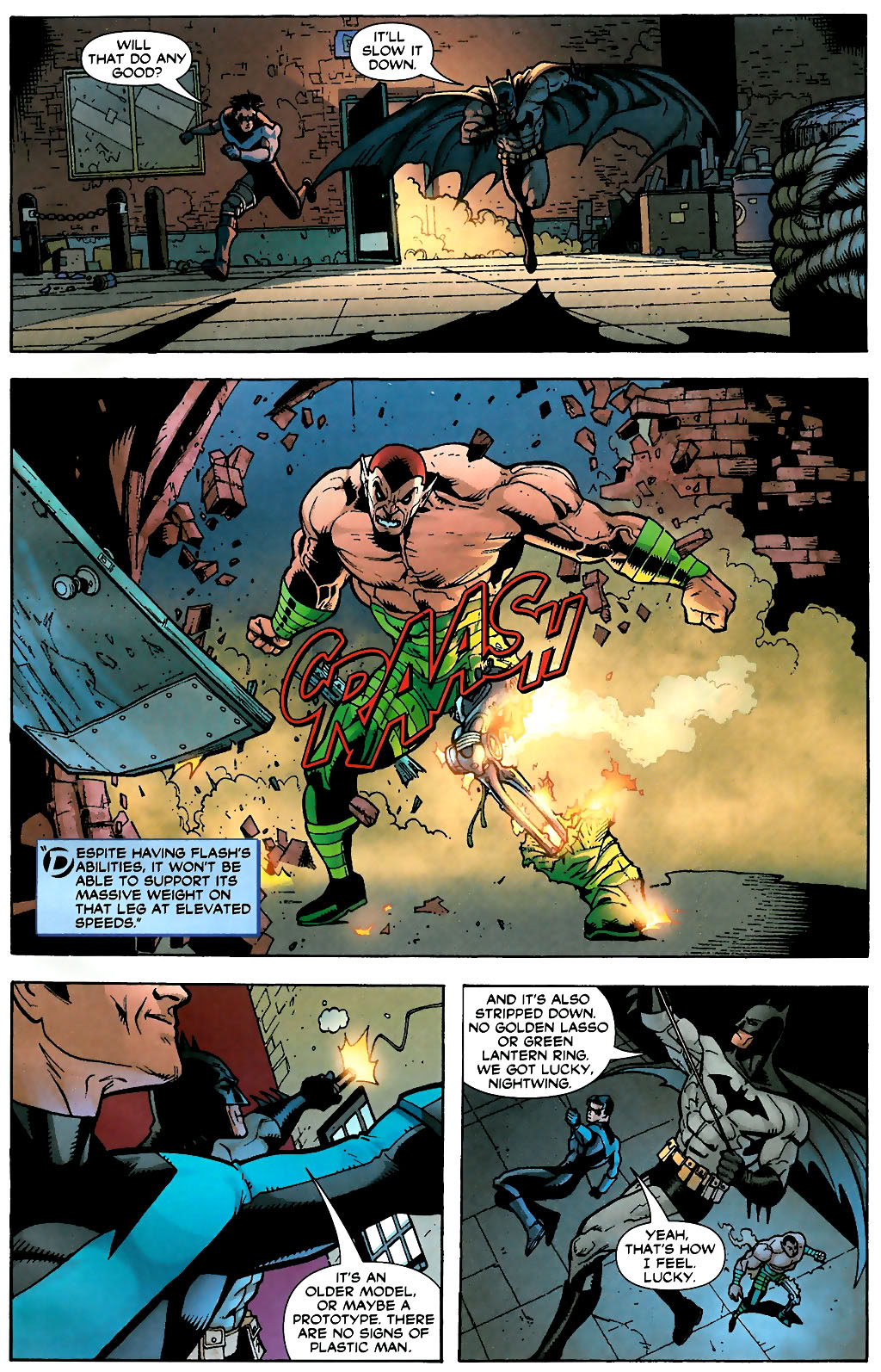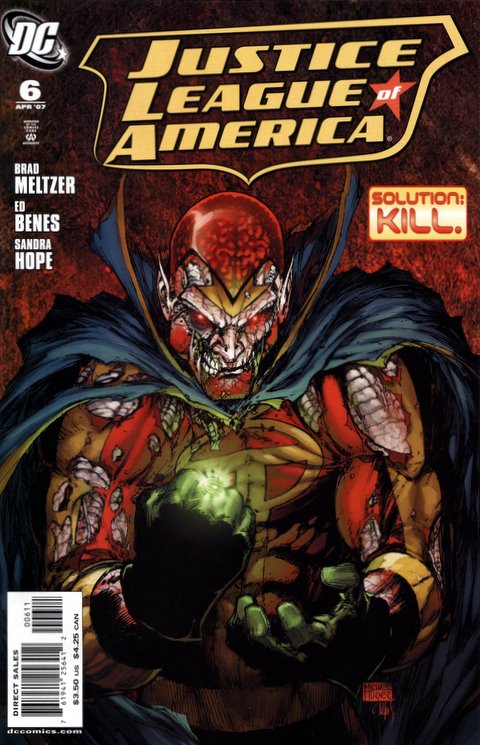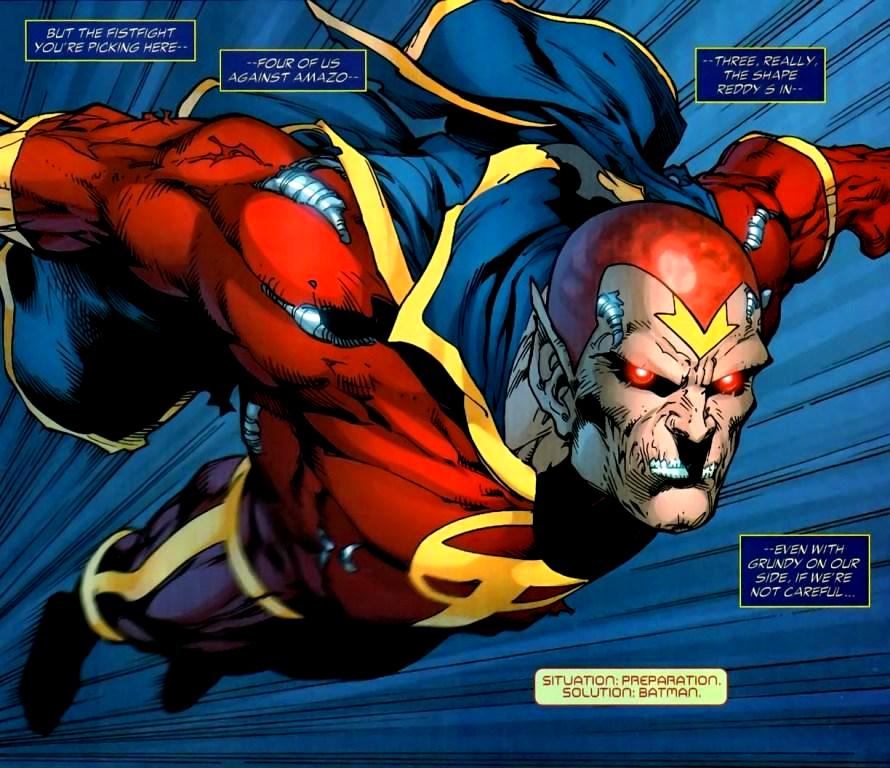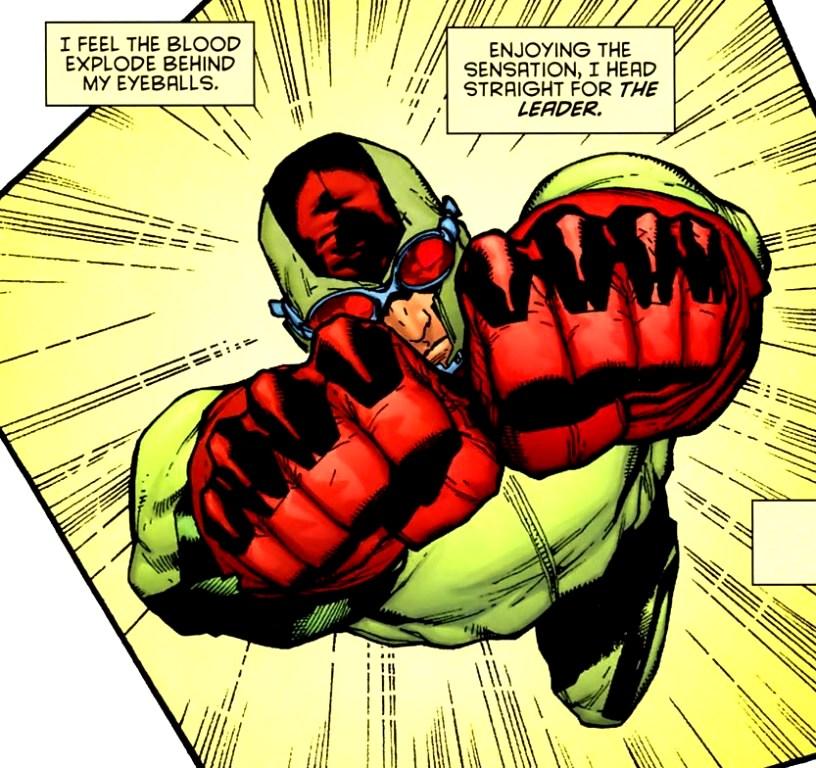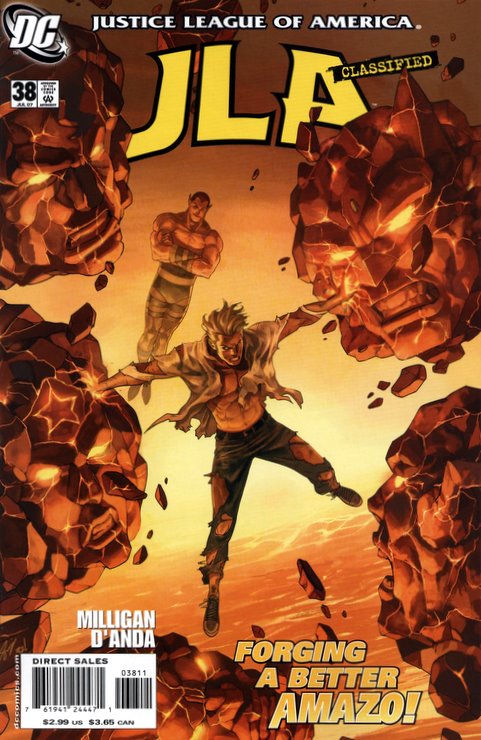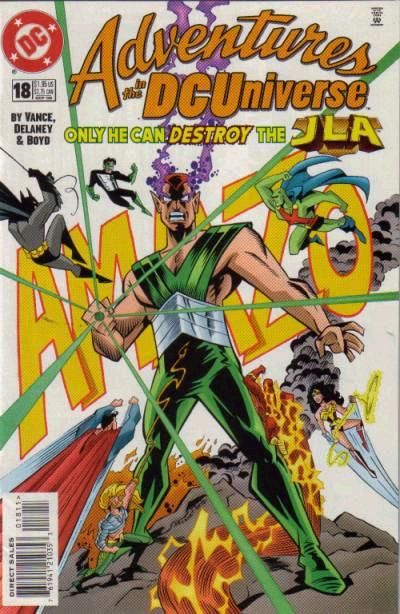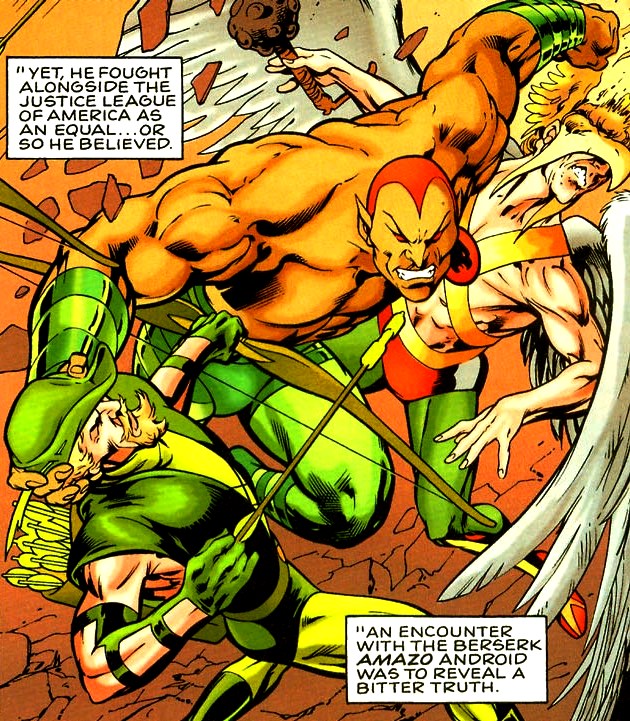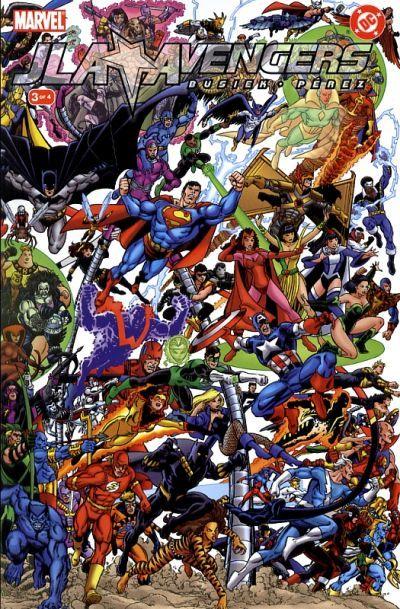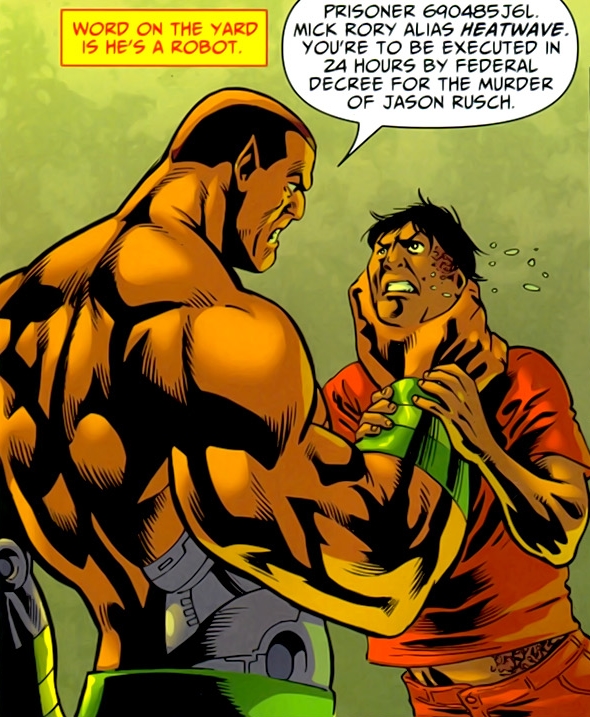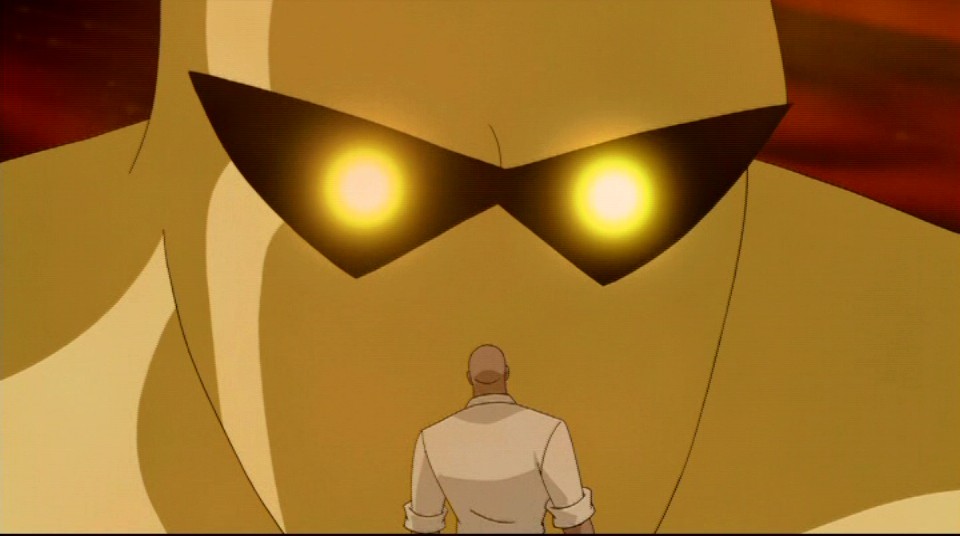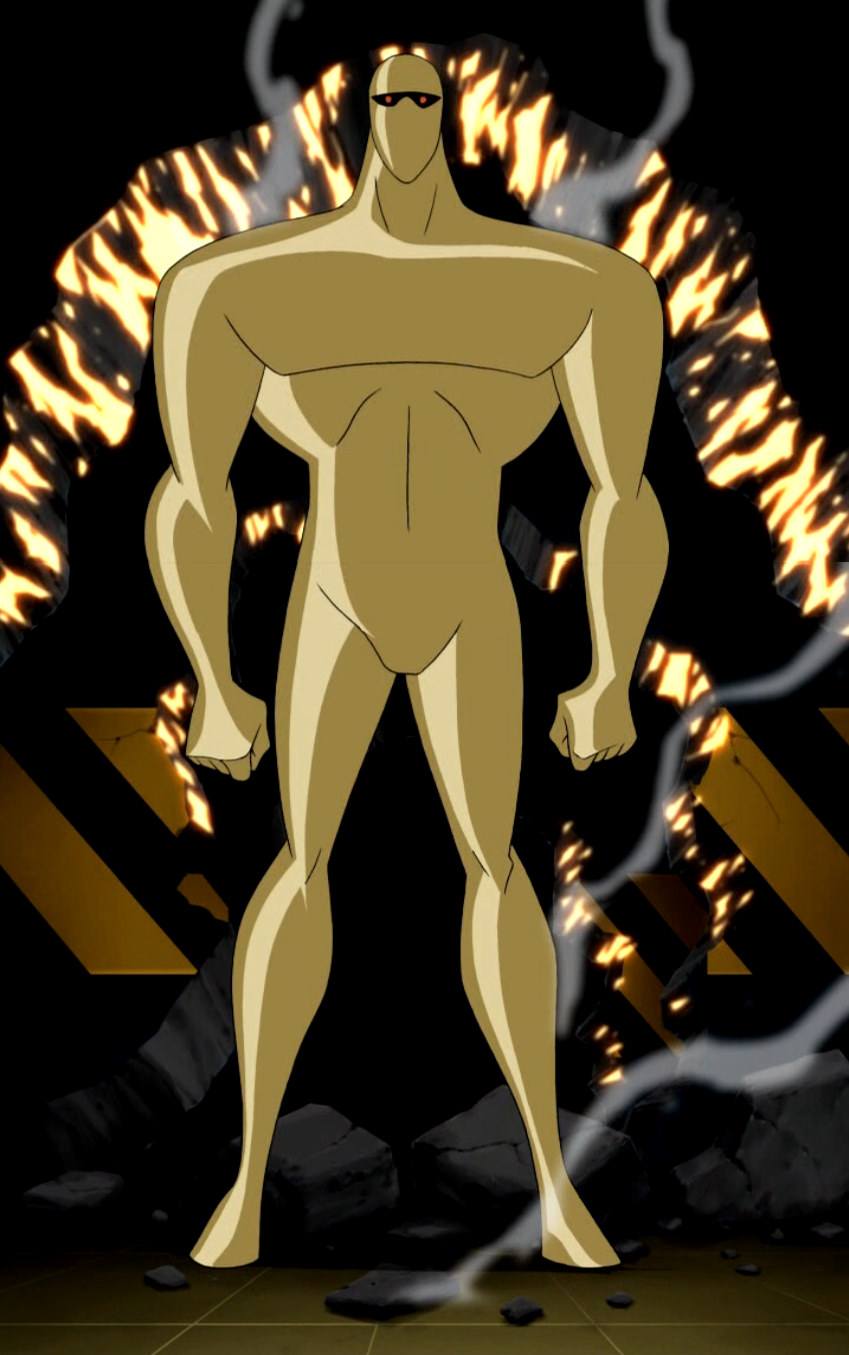24 December 2011
Merry Christmas!
Year one of The Amazo Effect is at an end; and just like any good play, we're currently at an intermission; everyone's buggered off to the bar for a couple of cheeky halfs (hic), an overpriced Cornetto and a sly fag out the back. Merry Xmas, a painlessly stoned New Year and then get back 'ere in January where we do it all again, once more, with feeling.
Back in 2012!
23 December 2011
Origins Of The Effect: Ray Mumford
Who did your masthead/logo?First things first, it wasn't done for me specifically; This is the original artwork for my masthead; for the 'Down At The Club page in Street Machine magazine, circa 1979.
And the similarly-themed cover for their November '79 issue:
The artist in question is Ray Mumford, airbrush artist extaordinaire with an impressive portfolio of work, of which only a fraction is shown in this post.
If Ray had followed his original career aspirations though, it may well have been PC Mumford booking the drivers of the very cars he turned into mobile masterpieces. Its a good job for the custom car scene that Ray decided against joining the police force and eventually ended up as a mural artist...
Or rather (arguably) the mural artist, as few would argue that his work is perhaps the most accomlished and certainly the most original in the UK. His father saw Ray's artistic potential at an early age, but Ray had those police ideas in his head for a while which sidetracked him from his art. He joined an art college, but it seems college life wasn't for him, as Ray explains on his website:
"I was thrown out of art college (I got bored after the first year, so wasn’t there very often).Ray's method once he approaches a job seems to be one of total commitment; I remember reading that he envisages the whole mural in his head before he even commits a single brush stroke to metal. And that when he starts, he has to keep going until the job is done; like for example, when he and his brother did the Bullitt-muralled Mustang, he apparently had no sleep for nine days, so focused was he on getting his ideas down on the car. When you see the pics of it below, I think you can see why it took so much in the way of time, effort and sheer dedication. Lets look at some of his other work.
The head of the college told me that I would never get anywhere whilst I was obsessed with cars! Well he was spot on.
I was later cited as one of their ‘success’ stories, to new students, by the same head.
I did actually benefit from my time there though. Particularly from ‘Bob Knee’, he taught me how to appreciate hues and textures and to experiment with colour. Brilliant man.
But I probably learned most from a fellow student, Alan Wilson (Wilf). He was my main inspiration, I always wanted to achieve a certain quality that came so easily for him. Never did though. We are still the best of friends.
If someone had told us then, that I would spend half my life with an airbrush in my hand, We’d have spilt our drinks laughing.
Years later I was asked by a ‘person’ in Romford to design a paint job for a car. I did the design and was asked to go and see the result. I said it was awful (it was), in a fit of peak he said ‘you do better’.
He stormed out and I found an airbrush on the floor. Within an hour I had learned how it worked and did a couple of basic pictures on his fridge.
A few weeks later I saw those fridge panels on display at a custom car exhibition, he claimed to have done them. I put the record straight, and suddenly I was busy.
From little fridge panels, do full paint jobs grow."
The road-legal Formula Ford car owned by the owner of Willhire, a car hire company and sponsers of a race in the 70's and 80's called the Willhire 24 hours:
The first of a trio of Mumford muralled Mustangs; French Connection, a 1970 Mach 1:
The aforementioned Bullitt; the murals are in the style of a film reel showing the legendary car chase:
American Graffiti; a Corvette C2:
3001, a promotional vehicle for Wolfrace. They sure like their six-wheeled vehicles; they revisted six véhicules à roues with the Sonic:
The Rolls-Royce art car:
Savannah and Arcadia, a brace of VW LTs:
Another Corvette, Tommy. Almost looks like you could play a mean pinball on the bonnet, doesn't it?
Car were not the only canvas Ray used; Led Zeppelin no less approached him to paint a Boeing 707; wonder if it was actually done?
More Ray Mumford art to come in 2012.
With grateful thanks to Ray Mumford for the use of his material. Visit his site at Raymumford.co.uk
21 December 2011
Origins Of The Effect: Mike Collins
Whats the story behind your logo? Who made it?
The answer is twofold; the second question will be answered on Friday (if you like old-school airbrushing tune in), but for today we'll concentrate on the man in the logo; the man being the legendary Mike Collins, Street Machine staff writer who had the best jive-speak 70's writing style imaginable. As a kid, I literally had to read his stuff twice before I even began to understand it. The description of him by Ian Wearing in the first issue of Street Machine magazine in 1979 paints a picture:
Mike has been into the modified car scene more years than he'id care to admit, and has had more than a passing relationship with drag racing. he was one-time PR man for Santa Pod raceway and was once a regular contributor for Drag Racing and Hot Rod magazines. Mention music, and Mike breaks into uncontrollable paroxysms of movement and he'll wax lyrical about Rock & Roll, P-Funk, and other disgusting sounding types of music. he's even made a tape called Soul Tracking, which is a montage of drag racing sounds, a few words from Big Daddy Don Garlits and music. If you get the chance to meet Mike, you'll never look at life quite the same way again.But Collin's career starts way before his tenure on Street Machine. As the quote above states, he has been involved in the British drag racing scene sine the 1960s as a writer, phtographer, commentator, Santa Pod PR man and racer. He was a freelance contributor to Hot Car, Hot Rod and Drag racing Monthly in the 70's as well.
Below: Collins (second from left) with 'Dyno' Des Taylor (small-block Ford powered Pinto) Paul Ireson (owner of the Rover-powered Pop in the background), Ian Tubb (Small-block Chevy powered Pontiac Firebird) and unknown others, late 1980:
The life of a motoring journo eh? Custom Car show, Alexandra Palace, 1982:
Driving Nick Butler's Wolfrace Sonic (two Rover V8s, six wheels) in 1982:
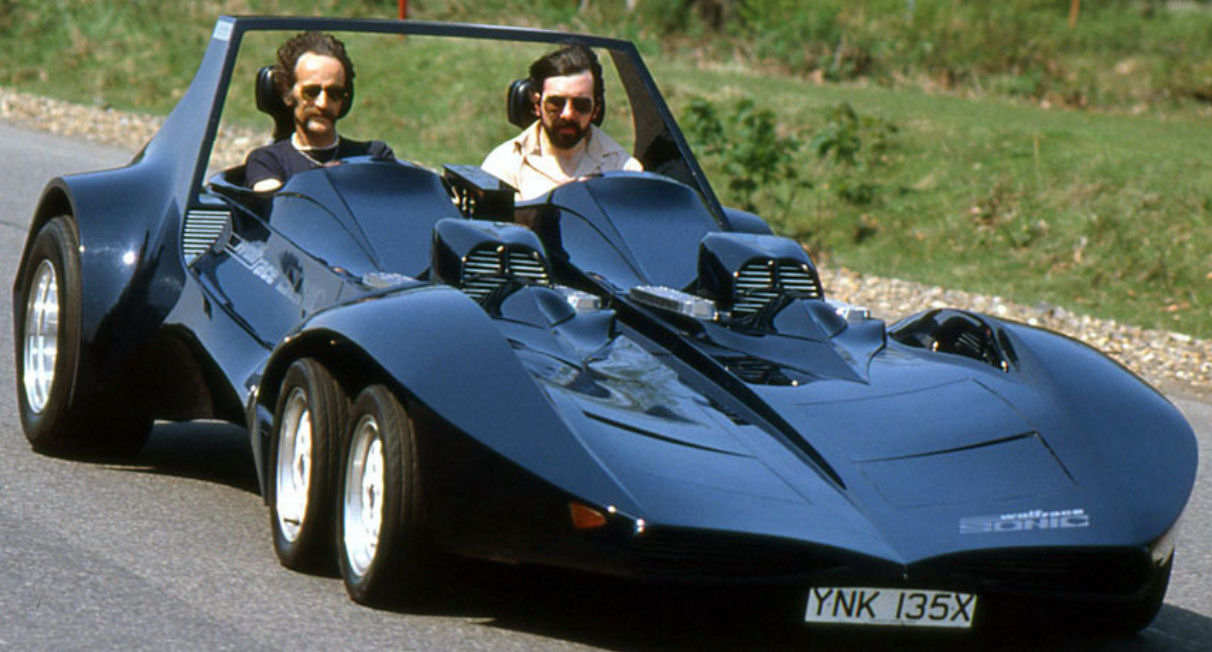 |
| The Wolfrace Sonic - now there's a story... |
He left in 1983 to concentrate on freelance writing again, still contributing to DRM (nowadays online); his recent article on Harlan Thompson on DRM is a must-read. He's also a long-time contributor to American Autoparts excellent Insight monthly newsletter with his Retro Ramblin's column.
Mike Collins finding nitro nirvana on the start line with the US Drag Team during the UK's first Cacklefest at Goodwood Festival of Speed, 2008:
A family man, and fellow yoga buff to boot, although I've a ways to go before I can do handstands that good:
Mike, you (along with LJK Setright and Russell Bulgin) are my journalistic role models (and spookily we share a love of P-Funk too). Mike, if you catch wind of this post feel free to contact me, I'd love to pick your brains about doing a Drag Racing History article on early British drag racing.
Respect due, and given.
- DW
Many thanks to all concerned for the photos and info.
19 December 2011
Origins of the Effect Week
Things are winding down in Amazo Towers right now in readiness for the Christmas/New Years period; the main office is strewn with mince pies, liqueur chocolates and old car mags, the roof terrace has more decoration than a Lawrence Llewellyn-Bowen house and well, not a lot car wise is getting done.
So lets take the chance to unwrap some of the mystique of the blog that is The Amazo Effect - a Year One origin (sorta).
So break out the sherry, bung another Yule log on the roaring fire (or turn the second switch on the fan heater, ya tightarse) and hopefully I can finish these posts off before the mistletoe-brandishing secretarylynch mob pool find me...
- DW
So lets take the chance to unwrap some of the mystique of the blog that is The Amazo Effect - a Year One origin (sorta).
So break out the sherry, bung another Yule log on the roaring fire (or turn the second switch on the fan heater, ya tightarse) and hopefully I can finish these posts off before the mistletoe-brandishing secretary
- DW
Origins Of The Effect: Amazo The Android
The first post covers the origin of my nickname:
Amazo first appeared in The Brave and the Bold no. 30 (June 1960) and was created by the legendary Gardner Fox (who created or co-created The Flash, Hawkman, Sandman, JLA and JSA) and Murphy Anderson. An android, Amazo's special ability is to replicate the special abilities of various superheroes and supervillains he comes into contact with. Throughout publication, Amazo has most frequently been a villain for the Justice League of America (or Justice League as it is now), an assembly of DC's most well-known superheroes; Amazo also permanently replicated the powers and abilities of the first Justice League he encountered, making him a very powerful adversary in all subsequent appearances.
Debuting in the Silver Age of Comic Books, the character has appeared in comic books and other DC Comics-related products, including animated TV series, trading cards and video games.
The android Amazo was built by insane scientist Professor Ivo, who became obsessed with immortality. The original Justice League of America (Green Lantern, Flash, Aquaman, Wonder Woman, and the Martian Manhunter) encounter Amazo after experiencing a sudden loss of their abilities. Ivo's grand scheme was eventually thwarted and Amazo deactivated on that occasion, but Ivo and Amazo have been stawart adversaries of the JLA (and individual members) since then; Amazo being destroyed or dissasembled on some occasions, only to be rebuilt, stronger than ever; for example,one version of Amazo is pulled from the timestream by a curious Hourman, who wishes to meet his "ancestor". Amazo responds by attacking Hourman and copying the "Worlogog", an artifact embedded in the android. Amazo then becomes "Timazo" and wreaks havoc with his new-found ability to manipulate time, until hurled back into the timestream as his former self by Hourman.
Another version, with the ability to absorb the abilities of the League on a conceptual level, overpowers over two dozen heroes, until Atom tells Superman to announce the team is disbanded. The premise that the League no longer exists deprives the android of purpose and it shuts down.
In a Batman story arc, Batman and Nightwing discover a partial Amazo (lacking several abilities) in a weapons shipment, and manage to destroy the android by deactivating its individual abilities, such as using explosive batarangs to damage its leg (preventing it from using the Flash's speed) and covering its eyes with plastic explosive (causing its eyes to be destroyed when it uses Superman's heat vision), before finally destroying it with a missile from the Batmobile.
In one memorable JLA storyline, Ivo secretly downloads Amazo's programming into the body of the Red Tornado, the creation of sometime ally Professor T.O. Morrow. Several members of the JLA battle an army of Red Tornado androids, until discovering that Red Tornado's body is intended for the mind of Solomon Grundy. Although the process is prevented, the Amazo programming asserts itself and attacks the superhero team, despite their attempts to dismantle the android. Member Vixen eventually destroys the Red Tornado body by shearing it in half.
A new body is created for the Red Tornado, although the Amazo programming from the first body downloads into the shell. The android battles the JLA until teleported into the gravity well of the red star Antares.
Powers and abilities:
Professor Ivo's Amazo androids use "absorption cells" to duplicate the powers of metahumans, such as Superman's strength, Flash's speed, Batman's skills and intellect, and the abilities of Wonder Woman, Green Arrow, Aquaman, and Martian Manhunter. He has also demonstrated using the abilities of Atom and Elongated Man and Black Canary. Later versions are also capable of copying objects, such as the power ring of Green Lantern, Wonder Woman's magic lasso, and the Nth metal mace of Hawkgirl. All versions apparently retain the base abilities of the original five members of the Justice League first encountered.
Other versions:
Kid Amazo
Ivo then uses parts of the current Amazo along with human ova and DNA to create the android's "son". Awakened prematurely by an earthquake, the junior version of Amazo believes itself to be a philosophy student called Frank Halloran, who dates a girl called Sara. Amazo reveals the truth to his progeny, who attempts to resist his programming by becoming a hero called "Kid Amazo". Slowly becoming insane, Kid Amazo confronts Ivo and discovers Sara is Ivo's daughter and was placed to monitor the android. Batman deduces Kid Amazo has both the powers and the personalities of the JLA, and during a battle with the League creates dissension in the team that the android mimics, causing an internal logic error that destroys it.
Adventures in the DC Universe
The more kid-friendly series Adventures in the DC Universe features a battle between the JLA and Amazo, with the android finally stopped by an electromagnetic pulse.
JLA: The Nail
The limited series JLA: The Nail reveals, in flashback, that Amazo attacked and crippled Green Arrow during a battle with the JLA (He is also recorded as having killed Hawkman, but this is never explicitly shown). The android is eventually deactivated by the Flash when he is dispatched by the story's mastermind to kill the League of Assassins. Taking advantage of the fact that Amazo can only copy his powers, rather than use them inventively, Flash turns intangible while Amazo is attacking him, and removes Amazo's brain before Amazo can process Flash's new tactic and use it himself. In the sequel, JLA: Another Nail, the brain of the crippled Green Arrow is transferred into Amazo, who sacrifices himself to save the universe.
JLA/Avengers
When reality has been warped by Krona, Wonder Woman is talking to Captain America about previous encounters they have had, the first of which was battling against a team-up of Ultron-5 and Amazo. Later Amazo is seen as one of the last villains guarding Krona's base, and helps to overwhelm Thor.
Flashpoint
In the alternate timeline of the Flashpoint event, Amazo was a corrections officer of the military Doom prison; Amazo is controlled by the Atom via a mental interface.
Justice League/Unlimited (animated TV series)
A decidedly different-looking Amazo has appeared in the animated television series Justice League, voiced by Robert Picardo. In the Justice League two part episode "Tabula Rasa", there was a project created by Professor Ivo called Project A.M.A.Z.O. With the funding from Lex Luthor, the purpose of the android was to have the Justice League destroyed. Even though he is called "A.M.A.Z.O." on Ivo's blueprints, he is usually referred to as "Ivo's android" or just "The Android" (Doctor Fate referred to him as "Amazo" on separate occasions, however - geek note). He later appeared in the Justice League Unlimited episode "The Return", again voiced by Picardo. His formerly gray "skin" now gleaming golden, his powers have evolved to the point where the combined League, including nearly all of its reserve members, where unable to hold him off while the Atom and Lex Luthor attempted to devise a weapon capable of defeating him using the original plans for the Android designed to neutralize Amazo's nanotechnology.
Writer Mike Conroy once noted, "Amazo is a persistent thorn in the JLA's side... although his programming and own sentience have displayed no ambition towards world conquest... His very existence is a hazard to all of humanity."
Who's betting he'll appear in the Justice League movie?
- DW
Who or what is Amazo?
Amazo first appeared in The Brave and the Bold no. 30 (June 1960) and was created by the legendary Gardner Fox (who created or co-created The Flash, Hawkman, Sandman, JLA and JSA) and Murphy Anderson. An android, Amazo's special ability is to replicate the special abilities of various superheroes and supervillains he comes into contact with. Throughout publication, Amazo has most frequently been a villain for the Justice League of America (or Justice League as it is now), an assembly of DC's most well-known superheroes; Amazo also permanently replicated the powers and abilities of the first Justice League he encountered, making him a very powerful adversary in all subsequent appearances.
Debuting in the Silver Age of Comic Books, the character has appeared in comic books and other DC Comics-related products, including animated TV series, trading cards and video games.
The android Amazo was built by insane scientist Professor Ivo, who became obsessed with immortality. The original Justice League of America (Green Lantern, Flash, Aquaman, Wonder Woman, and the Martian Manhunter) encounter Amazo after experiencing a sudden loss of their abilities. Ivo's grand scheme was eventually thwarted and Amazo deactivated on that occasion, but Ivo and Amazo have been stawart adversaries of the JLA (and individual members) since then; Amazo being destroyed or dissasembled on some occasions, only to be rebuilt, stronger than ever; for example,one version of Amazo is pulled from the timestream by a curious Hourman, who wishes to meet his "ancestor". Amazo responds by attacking Hourman and copying the "Worlogog", an artifact embedded in the android. Amazo then becomes "Timazo" and wreaks havoc with his new-found ability to manipulate time, until hurled back into the timestream as his former self by Hourman.
Another version, with the ability to absorb the abilities of the League on a conceptual level, overpowers over two dozen heroes, until Atom tells Superman to announce the team is disbanded. The premise that the League no longer exists deprives the android of purpose and it shuts down.
In a Batman story arc, Batman and Nightwing discover a partial Amazo (lacking several abilities) in a weapons shipment, and manage to destroy the android by deactivating its individual abilities, such as using explosive batarangs to damage its leg (preventing it from using the Flash's speed) and covering its eyes with plastic explosive (causing its eyes to be destroyed when it uses Superman's heat vision), before finally destroying it with a missile from the Batmobile.
In one memorable JLA storyline, Ivo secretly downloads Amazo's programming into the body of the Red Tornado, the creation of sometime ally Professor T.O. Morrow. Several members of the JLA battle an army of Red Tornado androids, until discovering that Red Tornado's body is intended for the mind of Solomon Grundy. Although the process is prevented, the Amazo programming asserts itself and attacks the superhero team, despite their attempts to dismantle the android. Member Vixen eventually destroys the Red Tornado body by shearing it in half.
A new body is created for the Red Tornado, although the Amazo programming from the first body downloads into the shell. The android battles the JLA until teleported into the gravity well of the red star Antares.
Powers and abilities:
Professor Ivo's Amazo androids use "absorption cells" to duplicate the powers of metahumans, such as Superman's strength, Flash's speed, Batman's skills and intellect, and the abilities of Wonder Woman, Green Arrow, Aquaman, and Martian Manhunter. He has also demonstrated using the abilities of Atom and Elongated Man and Black Canary. Later versions are also capable of copying objects, such as the power ring of Green Lantern, Wonder Woman's magic lasso, and the Nth metal mace of Hawkgirl. All versions apparently retain the base abilities of the original five members of the Justice League first encountered.
Other versions:
Kid Amazo
Ivo then uses parts of the current Amazo along with human ova and DNA to create the android's "son". Awakened prematurely by an earthquake, the junior version of Amazo believes itself to be a philosophy student called Frank Halloran, who dates a girl called Sara. Amazo reveals the truth to his progeny, who attempts to resist his programming by becoming a hero called "Kid Amazo". Slowly becoming insane, Kid Amazo confronts Ivo and discovers Sara is Ivo's daughter and was placed to monitor the android. Batman deduces Kid Amazo has both the powers and the personalities of the JLA, and during a battle with the League creates dissension in the team that the android mimics, causing an internal logic error that destroys it.
Adventures in the DC Universe
The more kid-friendly series Adventures in the DC Universe features a battle between the JLA and Amazo, with the android finally stopped by an electromagnetic pulse.
JLA: The Nail
The limited series JLA: The Nail reveals, in flashback, that Amazo attacked and crippled Green Arrow during a battle with the JLA (He is also recorded as having killed Hawkman, but this is never explicitly shown). The android is eventually deactivated by the Flash when he is dispatched by the story's mastermind to kill the League of Assassins. Taking advantage of the fact that Amazo can only copy his powers, rather than use them inventively, Flash turns intangible while Amazo is attacking him, and removes Amazo's brain before Amazo can process Flash's new tactic and use it himself. In the sequel, JLA: Another Nail, the brain of the crippled Green Arrow is transferred into Amazo, who sacrifices himself to save the universe.
JLA/Avengers
Flashpoint
In the alternate timeline of the Flashpoint event, Amazo was a corrections officer of the military Doom prison; Amazo is controlled by the Atom via a mental interface.
Justice League/Unlimited (animated TV series)
A decidedly different-looking Amazo has appeared in the animated television series Justice League, voiced by Robert Picardo. In the Justice League two part episode "Tabula Rasa", there was a project created by Professor Ivo called Project A.M.A.Z.O. With the funding from Lex Luthor, the purpose of the android was to have the Justice League destroyed. Even though he is called "A.M.A.Z.O." on Ivo's blueprints, he is usually referred to as "Ivo's android" or just "The Android" (Doctor Fate referred to him as "Amazo" on separate occasions, however - geek note). He later appeared in the Justice League Unlimited episode "The Return", again voiced by Picardo. His formerly gray "skin" now gleaming golden, his powers have evolved to the point where the combined League, including nearly all of its reserve members, where unable to hold him off while the Atom and Lex Luthor attempted to devise a weapon capable of defeating him using the original plans for the Android designed to neutralize Amazo's nanotechnology.
Who's betting he'll appear in the Justice League movie?
- DW
With special thanks to Wikipedia, DC Comics, Comic Vine, Alex Alexander and my own memory recall.
Subscribe to:
Posts (Atom)



